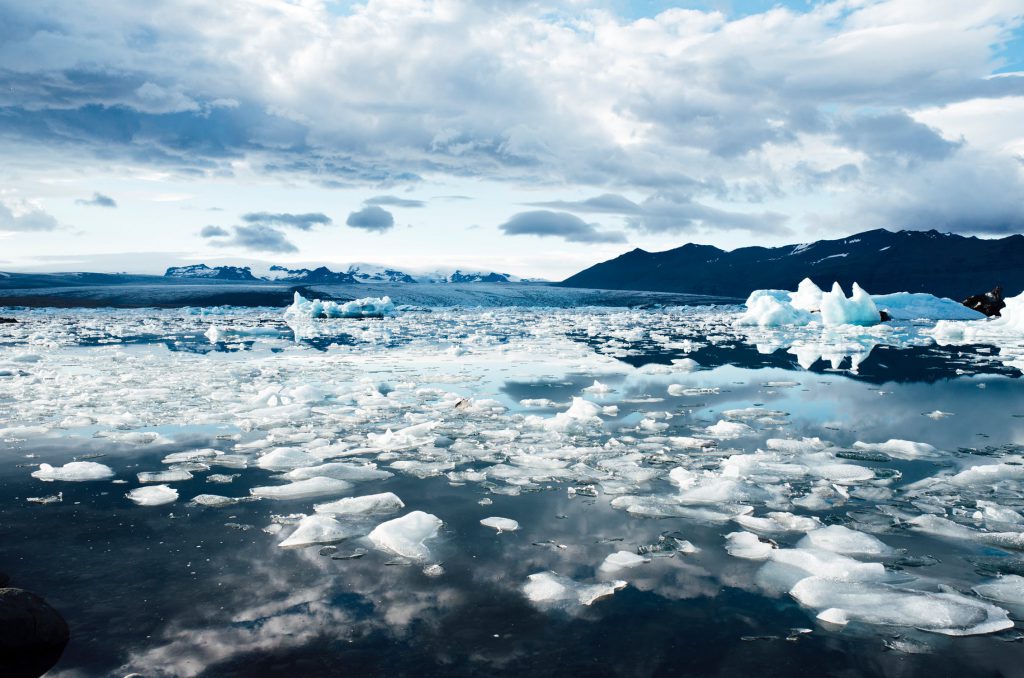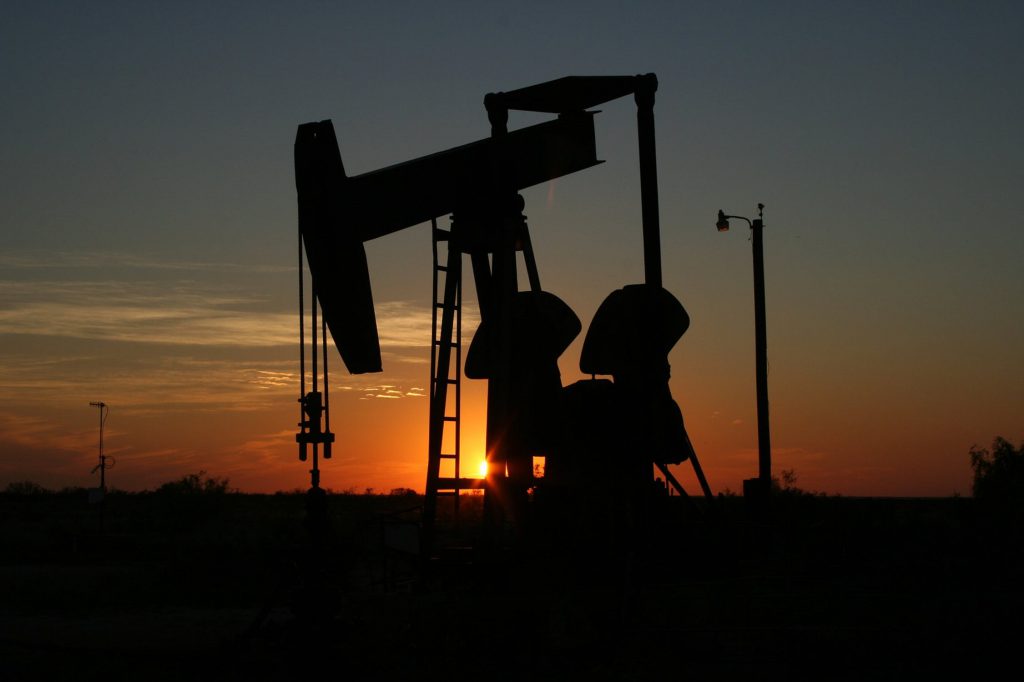A Carbon Bubble about to Pop
The Future of Climate Change
Major new study predicts catastrophic consequences of climate change on the environment and the economy.
By Elizabeth Thomsen
To stabilise the world’s temperature, our global greenhouse gas emissions need to reach zero. To get to this point we will need a suite of climate policies to help spread clean energy technologies, and encourage divestment from high-emission alternatives.
Dr Jean-Francois Mercure, an Assistant Professor in Energy, Climate and Innovation at Radboud University in the Netherlands, is a computational scientist in the areas of energy, macroeconomics, and climate change. Dr Mercure builds and joins models that cover technology dynamics, the economy, and the biophysical world (including the climate, the carbon cycle, and the land surface). In other words, the models cover pretty much everything that could influence our climate.
To design, build, interpret, and act on these models requires collaborations with many specialities: engineers, economists, sociologists, climatologists, physicists, and political scientists to name a few. Together with colleagues at Radboud University, Cambridge Econometrics, and the UK’s Open University, and in consultation with policy-makers or policy analysts (e.g. at the European Commission), Dr Mercure develops an evidence base for policy making.

How to predict the future
The models start by evaluating greenhouse gas emissions. They then create scenarios for the future including policies which may influence emissions. These policies cover seven main areas: carbon pricing, fuel taxes, specific technology support, forced phase-out of coal, public procurement, energy efficiency programmes, and biofuel mandates. The policy interventions are implemented across 42 regions in the world and can be turned on or off, introduced with delays, and combined in multiple ways. The researchers feed the results from this model into a climate change model to see what rise in temperature is predicted by 2050.
The researchers iterate the policy options to find scenarios where there is a high likelihood of not exceeding 2°C of global warming, or of meeting a 1.5°C target. This temperature rise was chosen because the Paris Agreement aims include “holding the increase in the global average temperature to well below 2°C above pre-industrial levels and pursuing efforts to limit the temperature increase to 1.5°C.” For instance, a 50% chance of a 1.5°C temperature rise means at least 90% chance of meeting the target of a less than 2°C temperature rise.
A difference of half a degree between the two targets might not give the impression of being important, and a two degree increase in temperature may sound quite pleasant, but the reality is starkly different. Even a 1.5°C temperature rise is likely to mean a 40 centimetre rise in sea levels by 2100, and 90% of tropical coral reefs being at risk of severe degradation by 2050.
“A 1.5°C temperature rise is likely to mean a 40 centimetre rise in sea levels by 2100, and 90% of tropical coral reefs being at risk of severe degradation by 2050.”
According to Dr Mercure, the current policy pledges for the Paris Agreement would result in a 2.7°C temperature rise by 2100. If these are the only policies that are implemented the effect on the world would be catastrophic. The work at Radboud University and around the world is giving policy makers a range of policy choices to help the world limit the extent of climate change.

The carbon bubble
Climate change is not just an environmental challenge, according to Dr Mercure it is also an investment risk. He has been examining the influence of climate change policy on the financial sector. Many countries’ economies are closely tied to fossil-fuels, however the demand for these fuels is decreasing with the uptake of low-carbon technologies, increases in energy efficiency, and climate policies. However, countries and organisations are continuing to invest in fossil-fuels.
If these investments are not managed carefully there might be a carbon bubble ready to pop. Dr Mercure says this carbon bubble is forming because “people have been using projections of energy demand that are not as well informed as they could be. The future demand for fuels may turn out a lot lower than what a lot of people are assuming.” What this means is that the carbon industry could be left with stranded assets: trillions of dollars invested in fossil-fuels which either cannot be burned because of climate policies, or that nobody wants because they have moved on to low-carbon technologies.
It is not just unethical to have money in fossil fuels, but also potentially “bad financial planning to have fossil fuels on your balance sheet,” says Dr Mercure.
“It’s bad financial planning to have fossil fuels on your balance sheet.”
The world’s policies, technologies, and energy use are changing, but are they changing fast enough? The team at Radboud University would welcome anyone who is interested in helping them expand their analysis of the financial implications of climate change policy into something much bigger.

